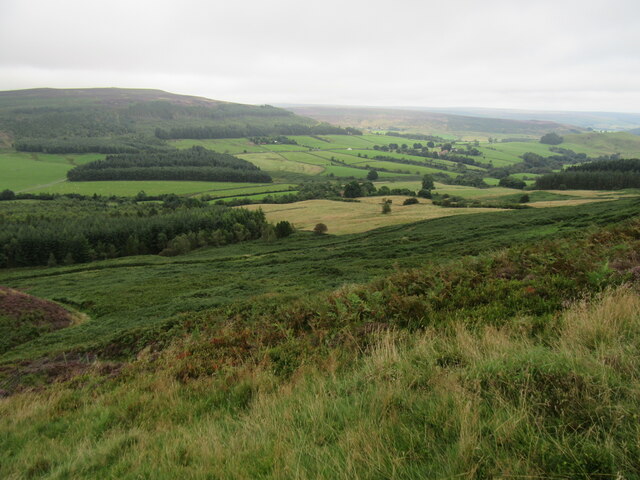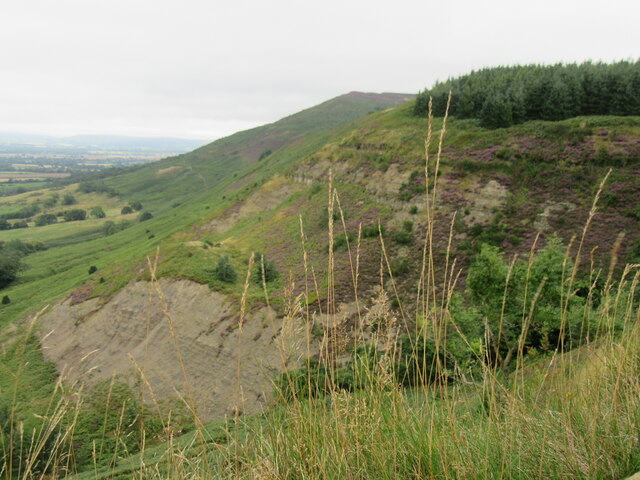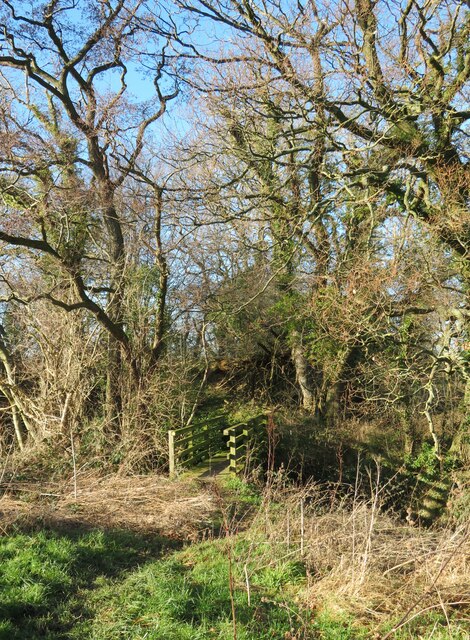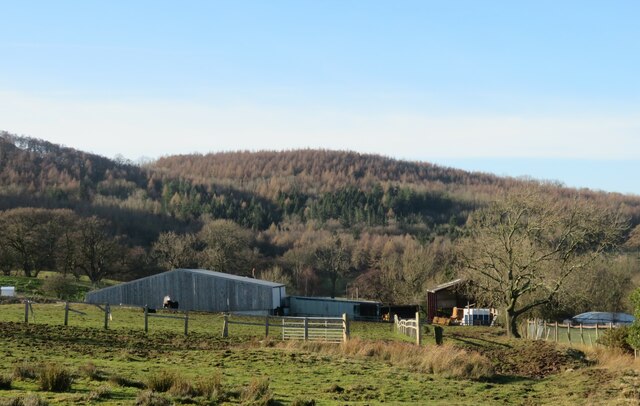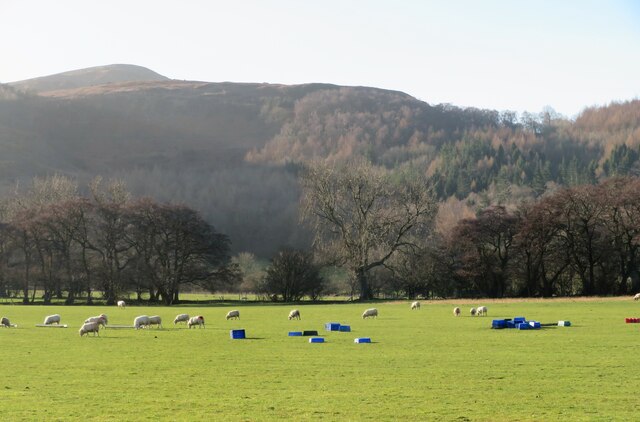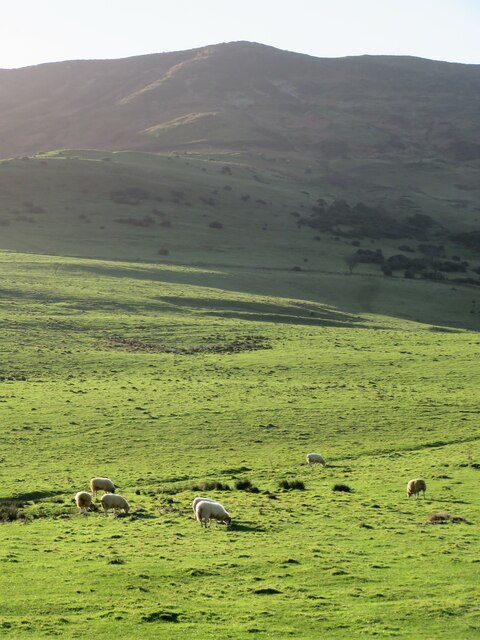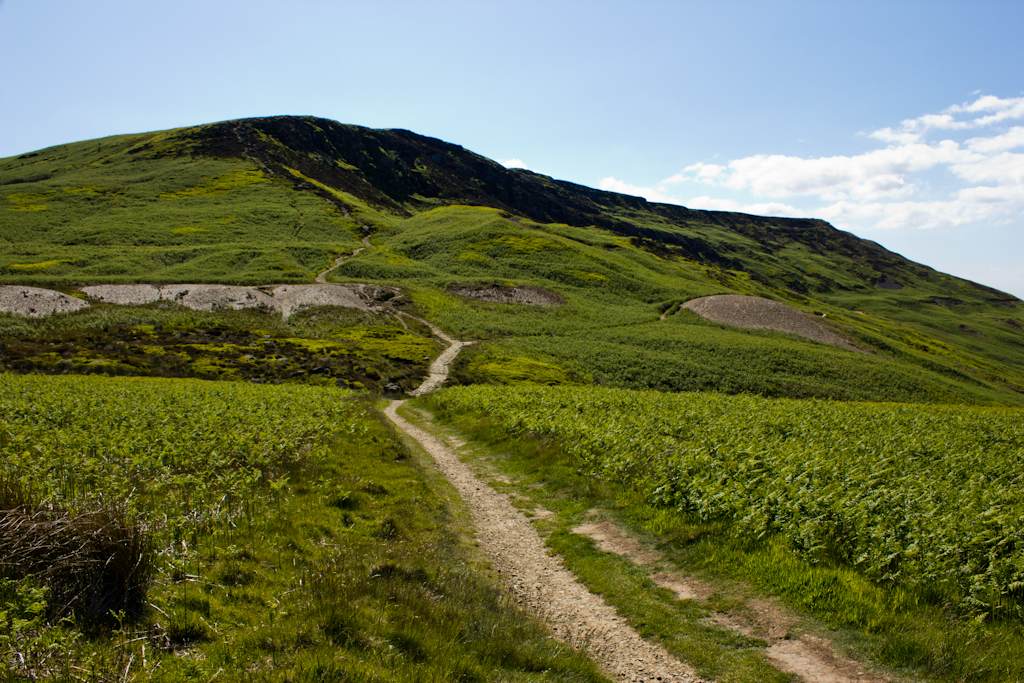Bagdale Hill
Hill, Mountain in Yorkshire Hambleton
England
Bagdale Hill
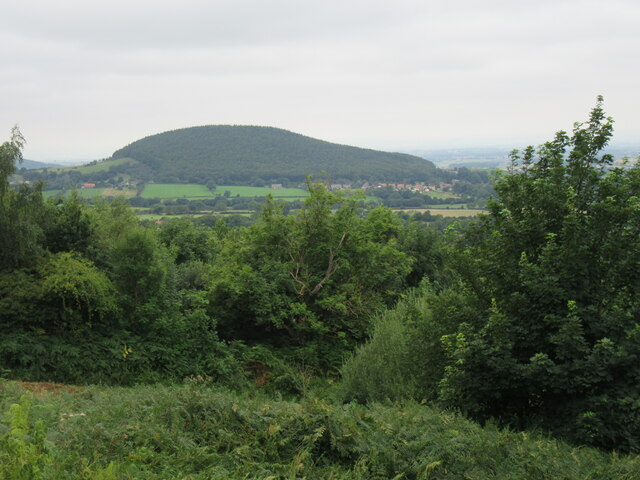
Bagdale Hill is located in the North Yorkshire Moors National Park, near the town of Whitby. Standing at an elevation of 137 meters (449 feet), it is a prominent landmark in the area. The hill is part of the wider Bagdale Wood, which is known for its diverse wildlife and stunning natural beauty.
Bagdale Hill offers breathtaking panoramic views of the surrounding countryside, including the nearby Whitby Abbey and the North Sea. Its gentle slopes are covered with lush green grass and scattered with ancient trees, creating an idyllic setting for nature lovers and hikers alike.
The hill is also home to several walking trails, allowing visitors to explore the area and take in the serene atmosphere. One of the most popular routes is the Bagdale Circular Walk, which takes hikers through the woodland and around the hill, offering glimpses of the local flora and fauna.
In addition to its natural beauty, Bagdale Hill holds historical significance. It is believed to have been inhabited by humans since prehistoric times, with evidence of ancient settlements and burial mounds found in the surrounding area. The hill is also associated with local folklore and legends, adding to its enigmatic charm.
Overall, Bagdale Hill is a captivating destination for those seeking a tranquil escape in the heart of Yorkshire. Its combination of stunning scenery, rich history, and peaceful ambiance makes it a must-visit location for nature enthusiasts and history buffs alike.
If you have any feedback on the listing, please let us know in the comments section below.
Bagdale Hill Images
Images are sourced within 2km of 54.430649/-1.2005662 or Grid Reference NZ5104. Thanks to Geograph Open Source API. All images are credited.

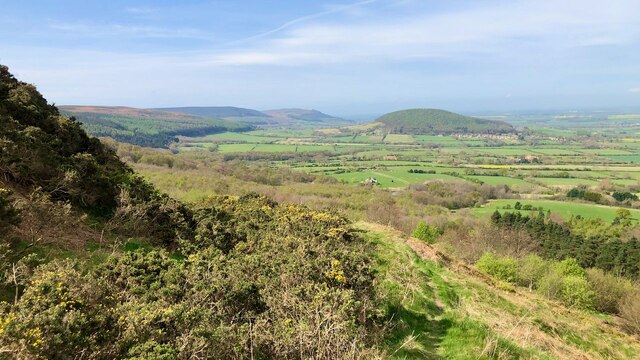
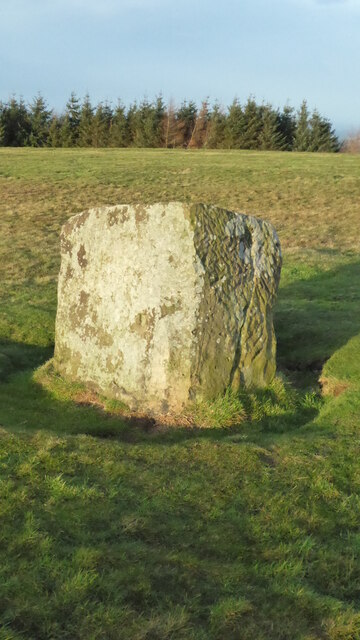

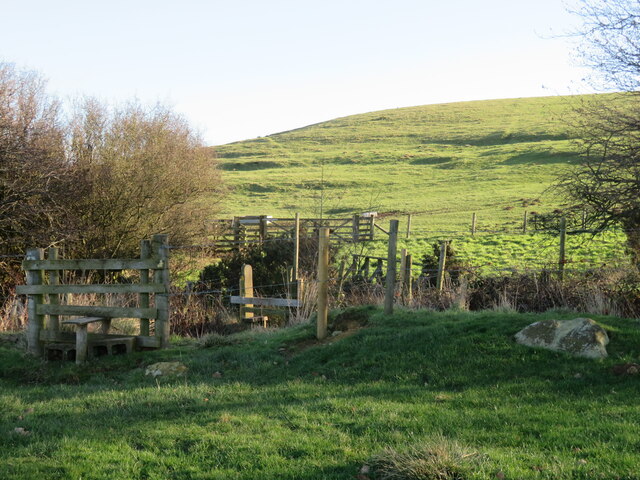
Bagdale Hill is located at Grid Ref: NZ5104 (Lat: 54.430649, Lng: -1.2005662)
Division: North Riding
Administrative County: North Yorkshire
District: Hambleton
Police Authority: North Yorkshire
What 3 Words
///spurted.tangent.mysteries. Near Stokesley, North Yorkshire
Nearby Locations
Related Wikis
Busby Hall
Busby Hall is a Grade II* listed Country House in Little Busby, North Yorkshire, England, close to the village of Carlton-in-Cleveland. The house and parkland...
Carlton in Cleveland
Carlton in Cleveland is a village in the district of North Yorkshire, England, and on the edge of the North York Moors National Park. It is situated approximately...
Little Busby
Little Busby is a civil parish in the Hambleton District of North Yorkshire, England. It is near the North York Moors and Stokesley. It is pronounced little...
Great Busby
Great Busby is a village and civil parish in the Hambleton District of North Yorkshire, England. The population of the parish was estimated at 70 in 2013...
Cleveland Hills
The Cleveland Hills are a range of hills on the north-west edge of the North York Moors in North Yorkshire, England, overlooking Cleveland and Teesside...
Cringle Moor
Cringle Moor (also known as Cranimoor), at 432 m (1,417 ft), is the third-highest hill in the North York Moors, England, and the highest point west of...
Faceby
Faceby is a small village and civil parish in North Yorkshire, England. It is at the north-west corner of the North York Moors and near Stokesley. ��2...
Kirkby, North Yorkshire
Kirkby (historically known as Kirkby-in-Cleveland) is a village and civil parish in Hambleton district of North Yorkshire, England, near Great Busby and...
Nearby Amenities
Located within 500m of 54.430649,-1.2005662Have you been to Bagdale Hill?
Leave your review of Bagdale Hill below (or comments, questions and feedback).


